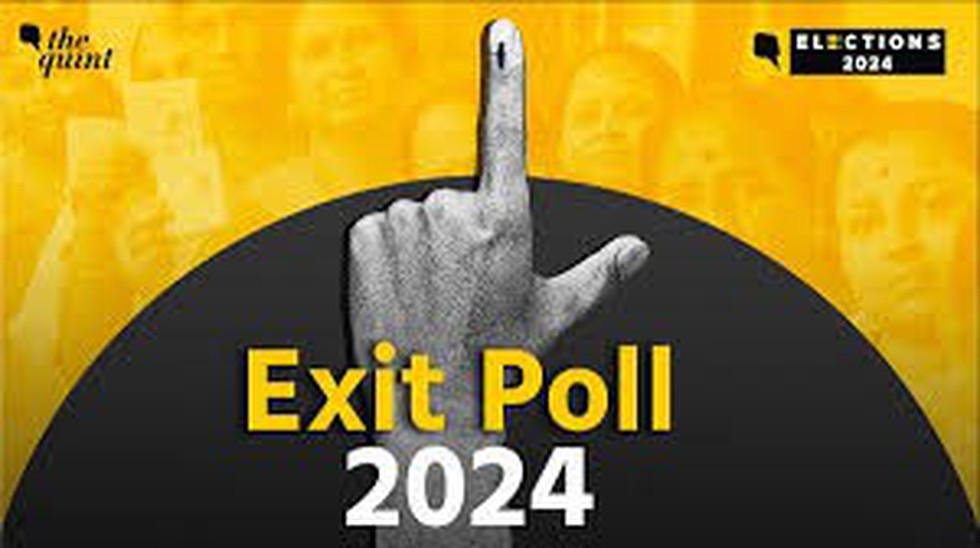Exit polls are an integral part of the election cycle, offering insights into possible outcomes before the official results are declared. These polls, conducted immediately after voters leave polling stations, aim to predict the winner based on voter responses. However, the accuracy of these polls has often been a topic of debate.
2009 General Elections
In the 2009 general elections, exit polls predicted a close contest between the United Progressive Alliance (UPA) led by the Indian National Congress (INC) and the National Democratic Alliance (NDA) led by the Bharatiya Janata Party (BJP). While most polls anticipated a hung parliament, the actual results saw the UPA securing a decisive victory with 262 seats, surpassing the predicted range and defying expectations of a tight race.
2014 General Elections
The 2014 elections marked a significant shift in Indian politics, with the BJP, under Narendra Modi’s leadership, securing a landslide victory. Exit polls largely anticipated the BJP’s win but varied in the extent of the projected majority. Some polls underestimated the magnitude of the BJP’s triumph, predicting a closer race than the eventual outcome of 282 seats for the BJP alone, indicating a clear single-party majority.
2019 General Elections
In 2019, exit polls once again predicted a victory for the BJP-led NDA, but the extent of the forecasted win varied among different pollsters. While most exit polls suggested a strong showing for the NDA, some underestimated the coalition’s performance. The NDA eventually won 353 seats, a figure that exceeded many of the predictions, reinforcing the dominance of the BJP in Indian politics.
Analysis of Exit Polls from 2009 to 2019
The analysis of exit polls from 2009 to 2019 reveals a mixed track record. While they have successfully indicated the general trend of the elections, the precision in predicting the exact seat counts has varied. These discrepancies highlight the challenges in capturing the diverse and complex voting behavior of India’s electorate. As India prepares for future elections, the role of exit polls will continue to be scrutinized and refined, aiming for greater accuracy in forecasting electoral outcomes.
Multiple Choice Questions (MCQs):
- What is the main purpose of exit polls in the election cycle?
- a) To determine voter turnout
- b) To predict the winner based on voter responses
- c) To influence voter behavior
- d) To provide official election results
- Answer: b) To predict the winner based on voter responses
- In the 2009 general elections, what did most exit polls predict?
- a) A landslide victory for the NDA
- b) A landslide victory for the UPA
- c) A hung parliament
- d) A clear majority for the BJP
- Answer: c) A hung parliament
- Which party secured 282 seats in the 2014 general elections?
- a) Indian National Congress (INC)
- b) United Progressive Alliance (UPA)
- c) National Democratic Alliance (NDA)
- d) Bharatiya Janata Party (BJP)
- Answer: d) Bharatiya Janata Party (BJP)
- How many seats did the NDA win in the 2019 general elections?
- a) 262
- b) 282
- c) 353
- d) 400
- Answer: c) 353
- What do the discrepancies in exit poll predictions highlight?
- a) The effectiveness of exit polls
- b) The challenges in capturing the diverse voting behavior of India’s electorate
- c) The accuracy of exit polls in predicting exact seat counts
- d) The influence of exit polls on election results
- Answer: b) The challenges in capturing the diverse voting behavior of India’s electorate
